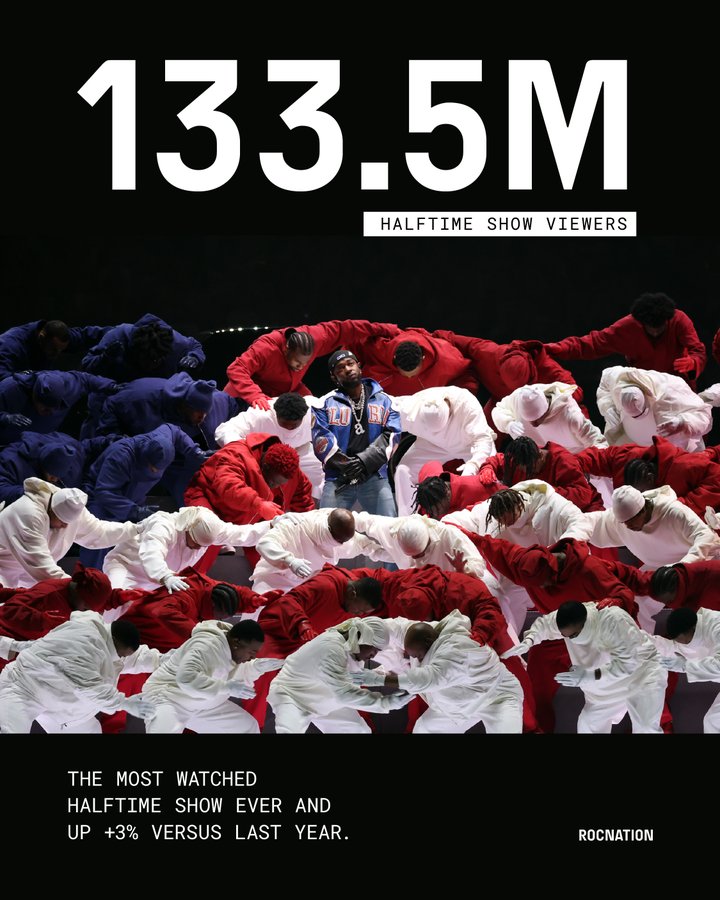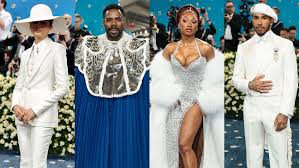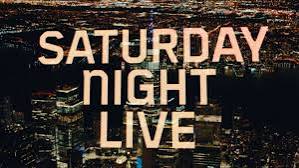The 2025 Super Bowl made history as the most-watched edition of the event, drawing an unprecedented 126 million viewers.
According to Nielsen fast national figures and Tubi/NFL first-party analytics, the numbers peaked at a staggering 137.7 million just before halftime, as fans eagerly anticipated the Philadelphia Eagles’ triumph over the Kansas City Chiefs.
This year’s Super Bowl wasn’t just about the game—it was a cultural phenomenon, fueled by a record-breaking halftime show and intense media buzz.
A key highlight of the night was Kendrick Lamar’s highly anticipated halftime performance. Fresh off an extraordinary night at the Grammys, where he secured five wins, Lamar solidified his place as one of hip-hop’s most dominant figures.
His performance was more than just entertainment—it was a statement. With subtle yet unmistakable nods to his ongoing rivalry with Drake, Lamar delivered a powerful rendition of Not Like Us, a diss track that had already sparked intense discussions among fans.
The performance was so impactful that Roc Nation and Fox Sports confirmed it as the most-watched halftime show of all time. The NFL even amplified its reach by reposting the announcement on its official X account, further fueling the conversation.
Social media exploded with clips from Lamar’s halftime set, particularly moments featuring his now-iconic line, “Say, Drake,” which had fans speculating about the deeper layers of the performance.
The internet buzzed with reactions, as millions shared footage of the rapper alongside surprise guests, including Hollywood legend Samuel L. Jackson, R&B star SZA, and tennis icon Serena Williams. “That moment felt bigger than just music,” one fan tweeted. “It was a cultural reset.”
The spectacle, full of dynamic visuals and raw energy, quickly became one of the most-discussed performances in recent memory.
Roc Nation later announced that Lamar’s halftime show had officially broken records, amassing a mind-blowing 133.5 million viewers.
This figure narrowly surpassed the previous all-time record held by Michael Jackson’s legendary 1993 performance, which garnered 133.4 million viewers.
“This is historic,” said a Roc Nation spokesperson. “Kendrick Lamar’s performance is now the most-watched in Super Bowl history, and it speaks to the power of hip-hop and its ability to resonate across generations.”
The milestone was particularly significant as Lamar became the first solo rapper to headline the halftime show, marking a new era for the event.
Beyond the numbers, Lamar’s performance carried deep cultural and artistic significance. The 2018 Pulitzer Prize-winning rapper incorporated striking imagery into his set, particularly during Humble, where his dancers formed a massive American flag on the field.
His halftime appearance echoed themes from his Grammy performance earlier that month, where he had also delivered a powerful version of Not Like Us alongside a medley of 12 other tracks.
“This wasn’t just a show—it was a movement,” said music journalist Ayo Thompson. “Lamar used his platform to make a statement about artistry, identity, and hip-hop’s place in the mainstream.”
Lamar’s halftime triumph also underscored a shifting trend in Super Bowl entertainment. Recent performances, including Usher’s in 2024, have leaned toward artists with strong appeal among millennials and Gen Z audiences.
Lamar’s 133.5 million viewers far exceeded Usher’s 123.4 million the previous year, continuing a pattern of younger, culturally relevant acts drawing larger audiences. “There’s a clear shift happening,” said NFL entertainment strategist Jordan Michaels. “Younger audiences consume music differently now, and the league is adapting.”
This change aligns with broader trends in media consumption. A 2024 Deloitte survey revealed that Gen Z viewers are increasingly favoring social video content and live streams over traditional TV broadcasts.
The Super Bowl halftime show, once primarily a television spectacle, is now a multi-platform experience. The NFL’s decision to tap into hip-hop’s vast global reach reflects its effort to stay relevant to a new generation of fans.
“We’re seeing a recalibration of what a halftime show means,” said media analyst Rachel Li. “It’s no longer just about TV ratings—it’s about engagement, virality, and cultural impact.”
Apple Music, which began sponsoring the halftime show in 2023 with Rihanna, has played a significant role in this evolution. The company’s vice president, Oliver Schusser, emphasized that their goal extends beyond a single night.
“Our mission is to work with the NFL and Roc Nation to make the halftime show bigger and more global, and a longer event,” Schusser stated in 2024. “We want it to be about more than just that Sunday night. There is a bigger story to tell before and after.” With Lamar’s record-breaking show, it’s clear that this strategy is working.
Looking ahead, Kendrick Lamar’s impact on the live music space is set to continue. He and SZA have announced their upcoming Grand National Tour, which will see them perform at major venues, surpassing the capacity of even New Orleans’ Caesars Superdome.
Their tour will kick off in April, covering multiple stadiums in North America before heading to the U.K. and Europe in July.
“This is going to be one of the biggest hip-hop tours of the decade,” a representative for the duo confirmed. “We’re bringing the energy of the Super Bowl halftime show to stages around the world.”
As the dust settles on Super Bowl LIX, one thing is clear—Kendrick Lamar has etched his name into entertainment history. His halftime show didn’t just break records; it redefined what a Super Bowl performance could be.
Whether through his chart-topping music, headline-making feuds, or electrifying live sets, Lamar continues to push boundaries. If his Super Bowl moment was any indication, the next chapter of his career is poised to be just as groundbreaking.










